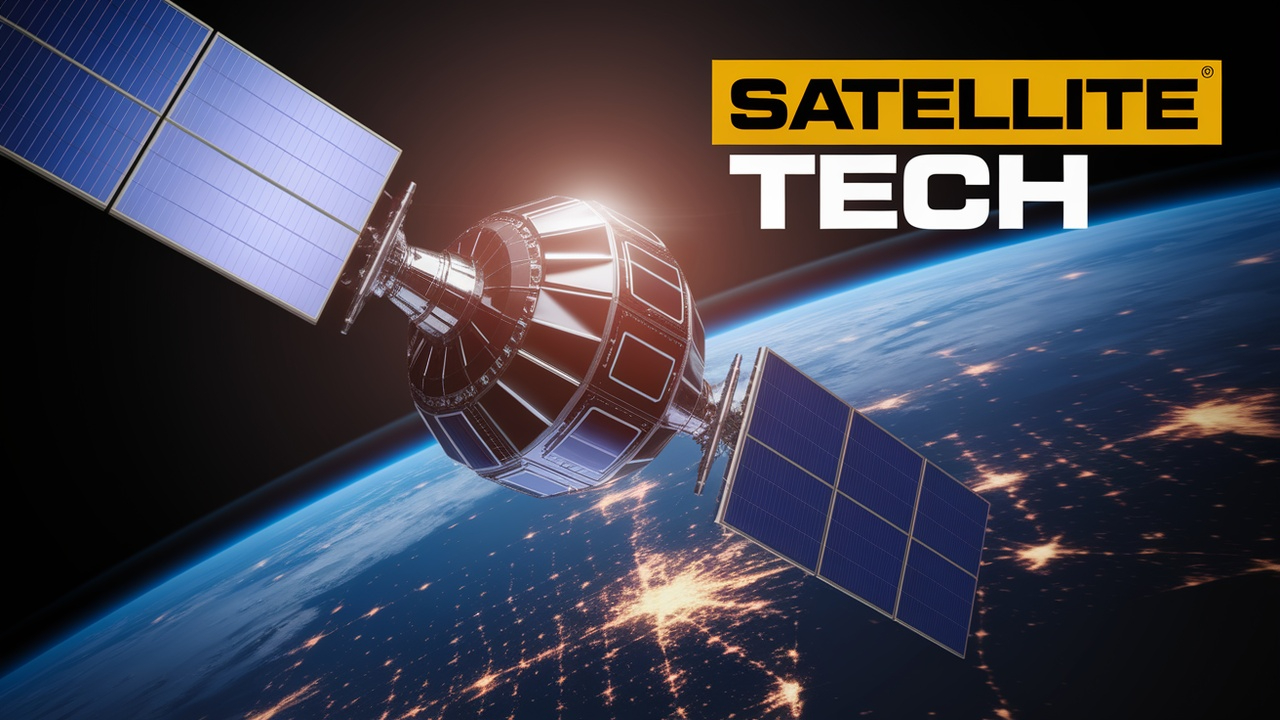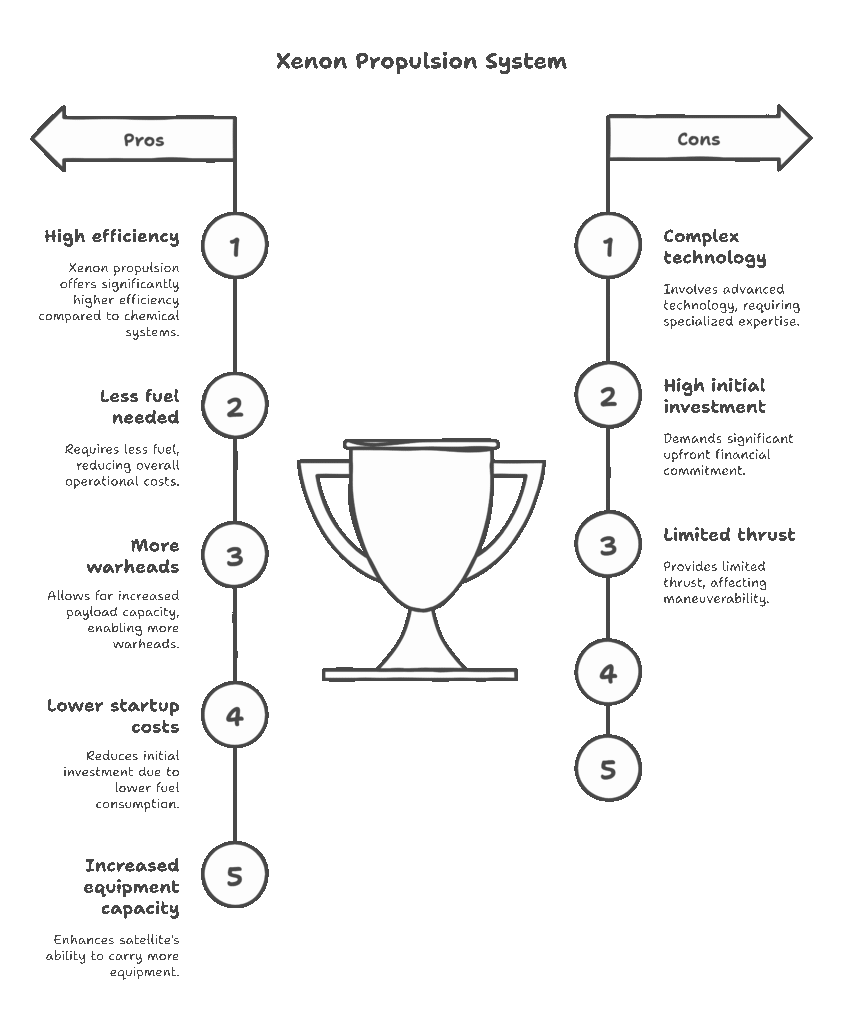ISRO Advances Electric Propulsion with Easy Plasma Thruster Test
BENGALURU, India, April 24, 2025 — the Indian Space Research Organisation ( ISRO ) has achieved a significant milestone in dynamic propulsion, successfully completing a 1,000-hour life test of its 300-millinewton Stationary Plasma Thruster.

The tests, which will be concluded on April 20, 2025, at ISRO’s Propulsion Complex in Bengaluru, will demonstrate the reliability of the pusher for long-term space missions. The current objectives for the replacement of heavy chemical propulsion systems, the reduction of the satellite burden, and the enhancement of Bharat’s second skills in intercourse and deep space exploration.
Electric Propulsion Breakthrough
Xenon gas is used as propellant in ISRO’s stimulating propulsion system, which is powered by a Stationary Plasma Thruster. Unlike conventional chemical projectiles, stimulating propulsion generates thrust by ionizing xenon and discharges plasma in addition to high speed. The current equipment is far more efficient, requires less fuel, and allows the use of the satelite to transport more warhead. The 1,000-hour test, conducted in a vacuum chamber to mimic space conditions, confirms the reliability of the machine for the last years.

The Stationary Plasma Thruster provides 300 millinewtons of thrust, which is perfect for maintaining the station and adjusting the orbit of Geostationary Satellites. ISRO has reported that, compared with chemical systems, dynamic propulsion can decrease the satellite mass by up to 50%. This efficiency leads to lower startup costs and an increased capacity to exchange equipment. ISRO plans to integrate this innovation into its GSAT series, the Bharat Satellite Exchange Grid, in 2025.
Why Electric Propulsion Matters
Energy propulsion could revolutionize space exploration. During a strong current, chemical propulsion requires a large fuel tank, adding weight and cost. Stimulating systems, admiring ISRO’s plasma thruster, using electricity, often from solar panels, to ionize the propellant and produce a steady, low-level thrust. These are ideal for a long term mission, such as a deep space probe or a nurturing satellite orbit. ISRO’s trial tag is a move to join world leaders such as NASA and ESA in the development of advanced propulsion technologies.
“The current 1,000-hour test demonstrates that our electric propulsion system is ready for a real mission,” said Dr. Anil Kumar, Director of ISRO’s propulsion operations. “It will make our satellite lighter, cheaper, and more powerful. ‘The test follows ISRO’s second previous success, together with a 300-hour test, in 2023, which demonstrated steady progress. ISRO aims at deploying dynamic propulsion in commercial satellites, reducing dependence on foreign instruments and strengthening the Bharat Space industry by 2025.
Challenges and Innovations
Advances in Electric Propulsion International Relations and Security Network: thymine free of obstacles. In order to maintain a performance exceeding a thousand hours, a Stationary Plasma Thruster requires precise technology. Xenon, although streamlined, expensive, and scarce, is driving ISRO to examine the choice of propellant: krypton. The 1,000-hour trial, along with the pusher, which maintained an unchanged final product and minimal wear, was able to overcome these obstacles. The second engineer of ISRO has also developed sophisticated authority frameworks to support the pusher’s large energy requirements.
ISRO will cooperate with Indian emerging companies to develop a live propulsion component by 2025. To reduce costs and develop tools accessible to smaller satellites, the present Partnership objectives. The agency will also test a higher-thrust plasma pusher for the upcoming lunar and Mars missions. According to ISRO, by 2030, 60 percent of their approaching satellites will use charged propulsion, in line with global trends toward renewable space exploration.
The Future of ISRO’s Space Program
ISRO’s victory in electrified propulsion signals a bright future for Bharat’s space ambitions. A light, more productive satellite will reinforce the state’s connection and remote sensing capability. The technology also opens the way for ambitious projects, such as crew lunar missions and interstellar probes. ISRO can participate in the global space trade with master electrified propulsion, providing cost-effective solutions for satellite operators worldwide.
Looking ahead, ISRO plans to carry out a 5,000-hour test in 2026 to verify the thruster for deep space missions. The agency will also explore hybrid propulsion systems combining chemical and electrified technologies for flexible spacecraft. At present, a 1,000-hour trial of Hindustan as a leader in energy propulsion, with a simultaneous market and empirical mission. As ISRO continues to strive for revolution, one’s plasma pusher may redefine the method of compassion research in the universe.